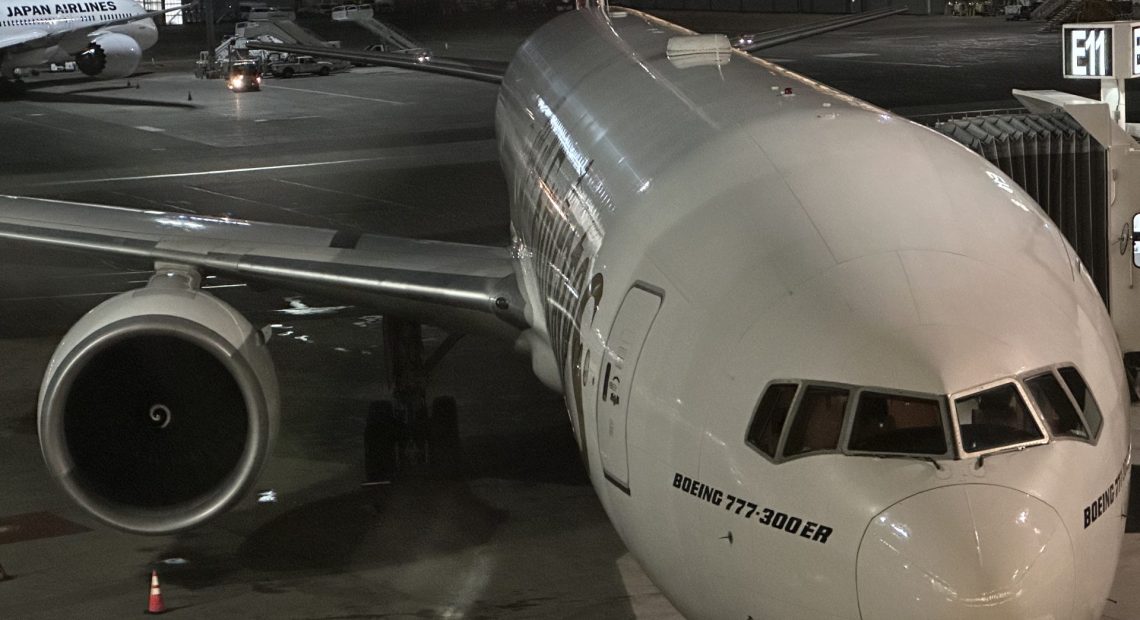Global passenger demand reaches September all-time high

International travel plays a pivotal role
Global passenger demand in September 2024 reached unprecedented levels, marking the highest September figures on record.
According to the latest data released by the International Air Transport Association (IATA), total demand, as measured in revenue passenger kilometres (RPK), surged by 7.1% compared to September 2023.
Capacity, measured in available seat kilometres (ASK), also increased significantly, rising by 5.8% year-on-year. The overall load factor for the month was reported at 83.6%, a 1.0 percentage point increase from the previous year.
International travel played a pivotal role in this growth, with demand rising by 9.2% compared to the same month last year. Capacity for international flights climbed by 9.1%, and the load factor reached 83.8%, up by 0.1 percentage points from September 2023.
Meanwhile, domestic travel also showed steady growth, with demand increasing by 3.7%. Domestic capacity saw a modest rise of 0.7%, and the load factor improved to 83.3%, reflecting a 2.4 percentage point increase year-on-year.
IATA’s Director General, Willie Walsh, said: “The year’s peak travel season ended with demand at an all-time high. This is good news not just for passengers but also for the global economy. Every flight creates more jobs and trade.”
New challenges
However, he cautioned that the remarkable growth also brings challenges. “We will soon face a capacity crunch in some regions, threatening to curtail these economic and social benefits. Governments must choose to lose out to more dynamic nations that value global connectivity or forge a consensus for sustainable growth.”

The detailed regional breakdown reveals varying trends across different markets:
In Africa, airlines reported an impressive 12.2% increase in demand, with capacity rising by 6.9%, resulting in a load factor of 76.5%.
The Asia-Pacific region witnessed a remarkable 12.4% rise in demand, alongside an 8.0% capacity increase, yielding a load factor of 83.1%.
European airlines experienced a more moderate 6.7% increase in demand, with capacity growth of 6.4%. This led to a load factor of 86.5%, the highest among all regions.
Latin American airlines also showed strong performance, with a 7.2% increase in demand and a 7.6% rise in capacity. However, their load factor dipped slightly to 83.4%.
In contrast, North American carriers saw only a 1.1% increase in demand, with a corresponding capacity rise of 2.2%, but their load factor fell to 82.4%.
Middle Eastern carriers recorded a 4.7% growth in demand and a load factor of 81.4%, indicating slight challenges in capacity utilisation.
The IATA report highlights that all key markets, except Japan, achieved stable growth in domestic demand, with many setting all-time highs for September domestic traffic. Airlines globally are making substantial investments to meet the increasing demand while striving for net-zero carbon emissions by 2050.
Walsh underscored the need for political support to ensure that airport and air traffic management systems can effectively accommodate this growth, enabling citizens and businesses to travel efficiently.
Featured image: Middle Eastern carriers recorded a 4.7% growth in demand in September 2024. Credit: Arnold Pinto












